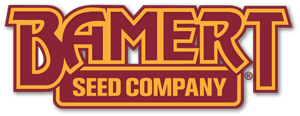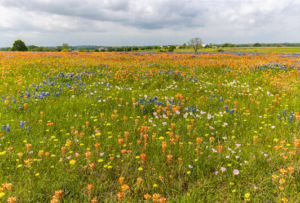Part 2: Planting Equipment & Drill Seed
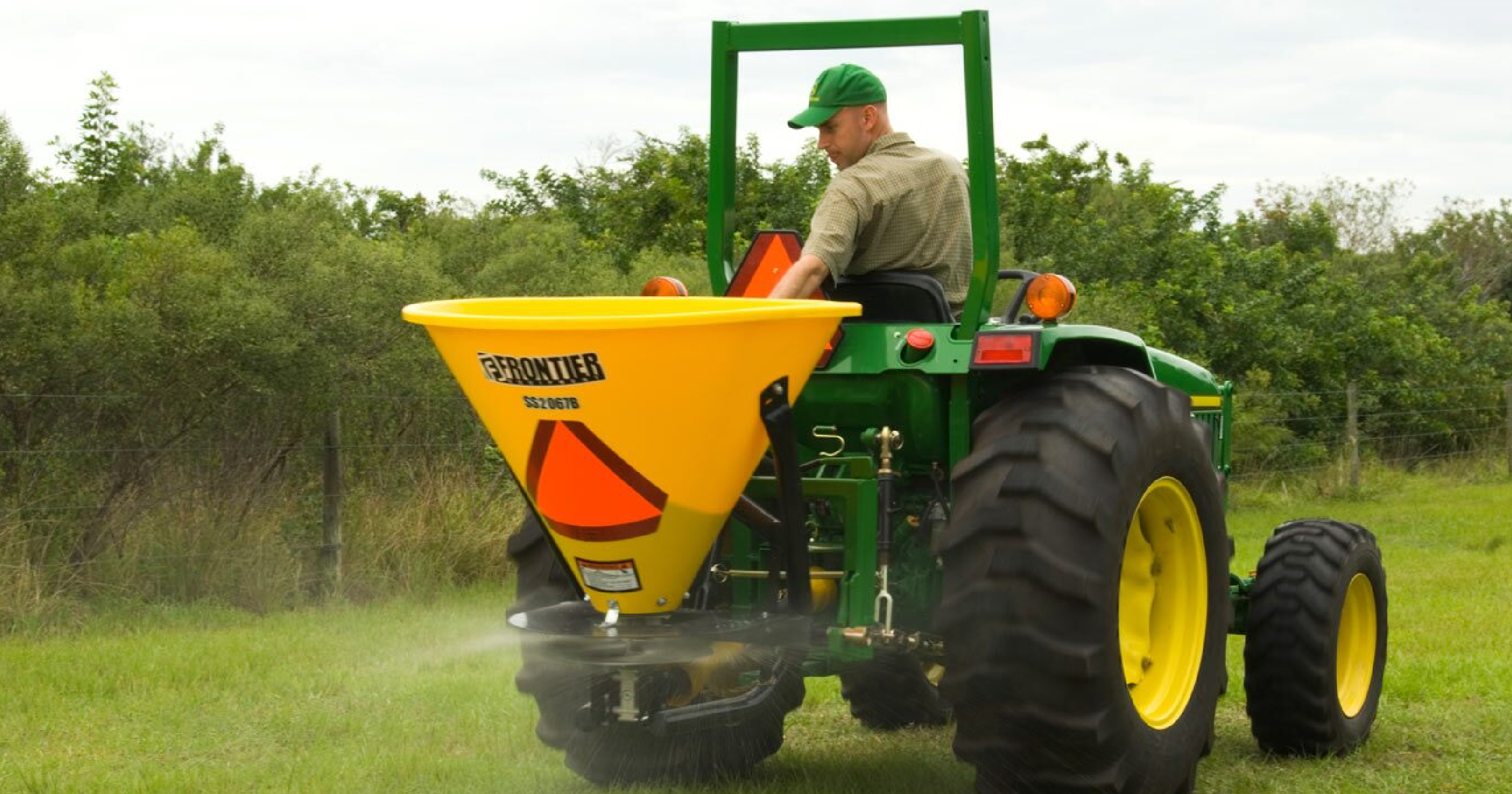
The greatest challenge when helping customers establish native vegetation is the availability of the right equipment and an understanding of how to use it for their reclamation seeds. There are several intricacies of the different types of equipment and respective applications, so we’ve made it easy to understand with a basic outline of the equipment commonly used to plant commonly used native grass seed.
Drills
Grain Drills (often referred to as wheat drills)
- One seed box intended for small grains
- No agitator
- No picker wheels
- Will not work for planting native grass seed (or any fluffy seed)
Grass Seed Drills (often referred to as grass drill)
- Usually 3 seed boxes (small seed box, fluffy seed box, grain box)
- Has an agitator
- Has picker wheels
- Will work great for planting native grass seed under most circumstances
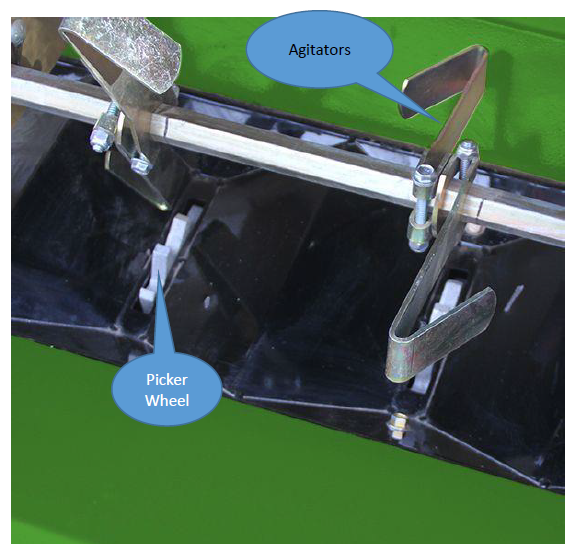

Drop Seeder
Often referred to as “Brillion” (Brillion is actually a brand but it has become a generic term much like Kleenex, Coke, or Crescent wrench.)
- Drop seeders are not drills
- They drop the seed in front of or between cultipackers
- Can work great for planting native grass seed if the seed bed is prepared properly
- Has to have agitator and picker wheels to plant native grass seed
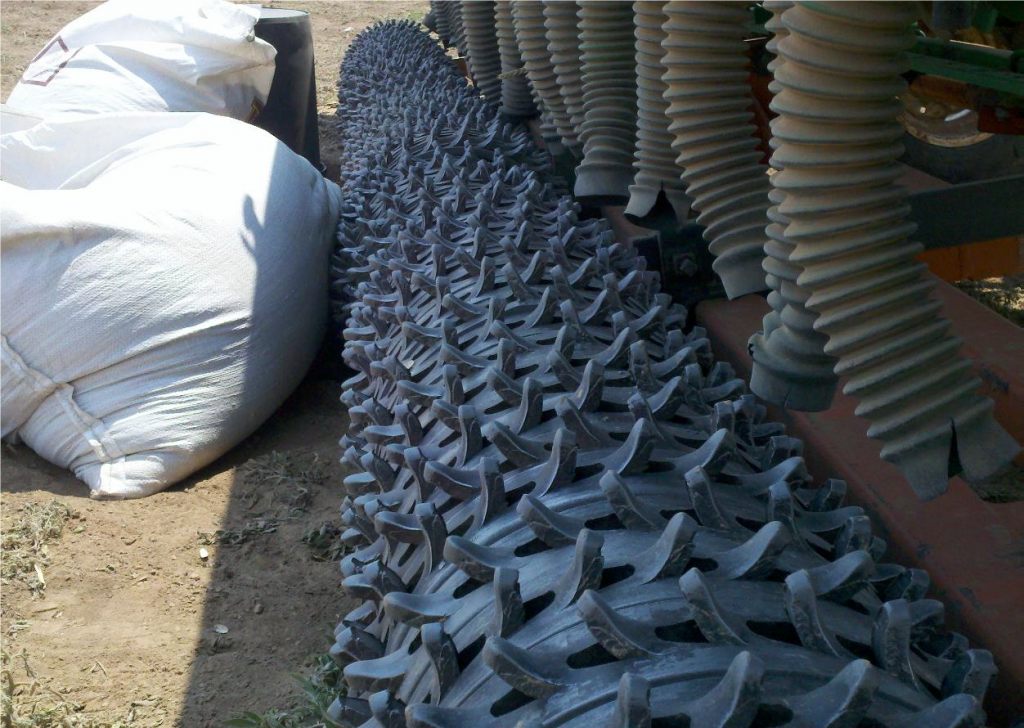
Broadcast Seeder
- Piece of equipment most people have access to
- Not the most ideal delivery method due to the lack of seed-soil contact achieved
- Often the most practical delivery method due to availability and ability to work “good enough” on small area plantings
- Area is recommended to be “rolled” or “drug” after the native grass seed is broadcast to increase seed-soil contact and mitigate seed loss
- A common practice is to double seeding rates when broadcast seeding
- When planting native grass seed blends with a broadcast seeder, the different species will not be as evenly distributed across the area due to differences in seed size, weight, texture
- Not all broadcast spreaders have a large enough agitator to allow fluffy seed to flow through so the seed will bridge up
- Poor seed-soil contact
- Most expensive delivery method per area
- Least practical on large areas with low threat of erosion
- Most practical in critical areas where other equipment is unsafe and immediate stabilization is necessary
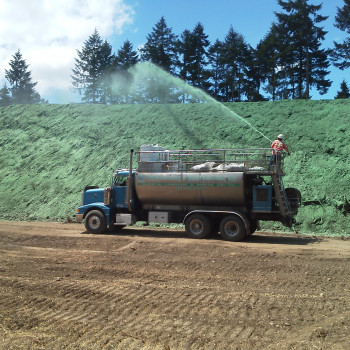

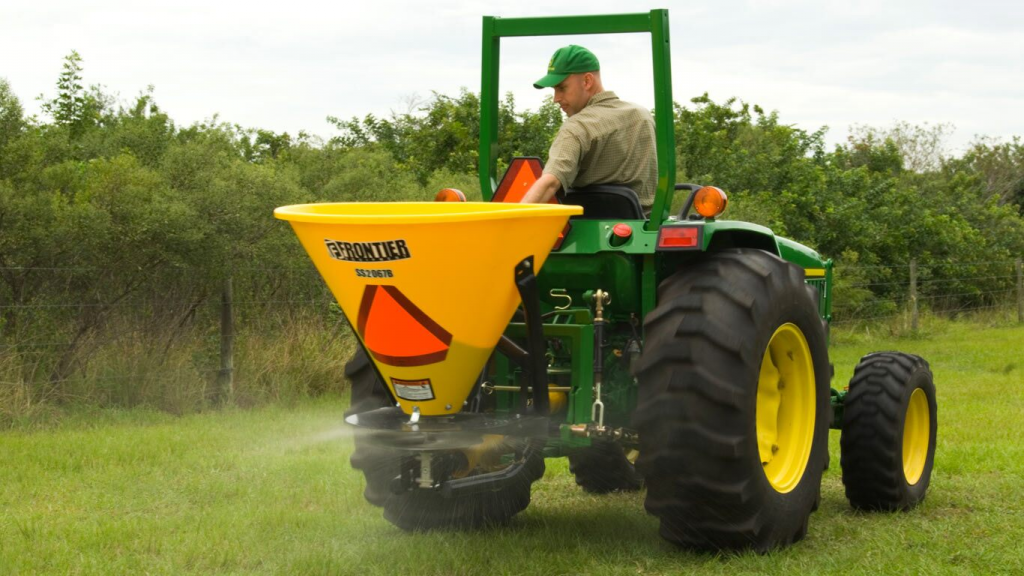
It should be noted that Hydroseeding and Hydromulching are two different things. If budget allows, drill seeding then hydromulching over the top of it is an effective way of establishing native vegetation. Hydroseeding is ideal when the terrain is so steep or rough that it is unsafe or the area to be seeded simply cannot be reached with any other type of equipment.
Of course, there are many different brands, colors, shapes, and sizes of equipment, but when deciding which to use, the greatest consideration should be given to the terrain, soil type, and seed bed. When seeding rough rangeland, you should consider using a no-till drill but when returning farmland to native vegetation, more often than not, drop seeders work brilliantly. Success on a reclamation project is the culmination of a lot of different things coming together. Having the right tool for the job and an understanding of how and when to use it will increase your likelihood of success.
